64+ Sample Root Cause Analysis
-
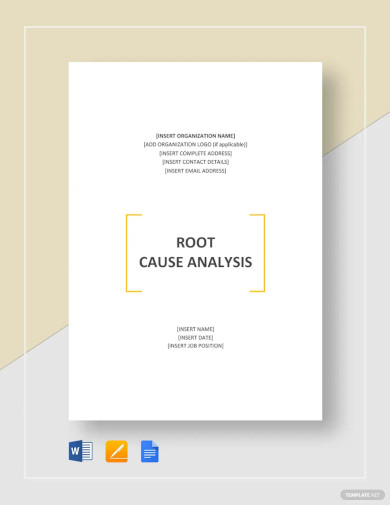
Sample Root Cause Analysis Template
download now -
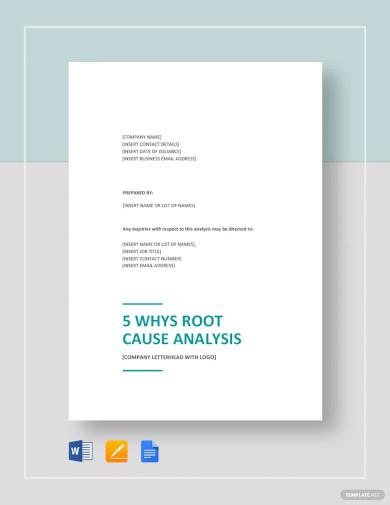
5 Whys Root Cause Analysis Template
download now -
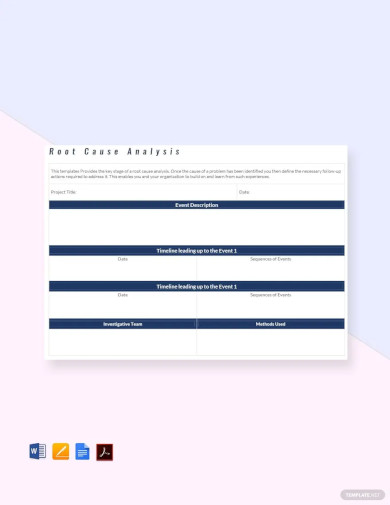
Root Cause Analysis Template
download now -
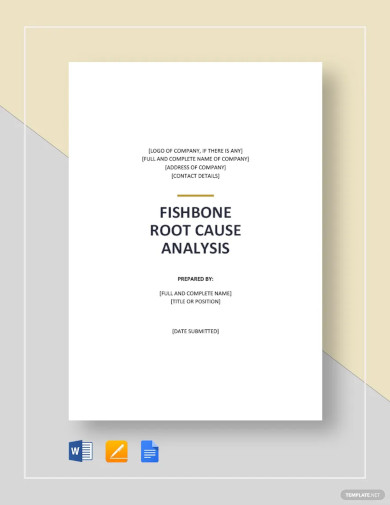
Fishbone Root Cause Analysis Template
download now -
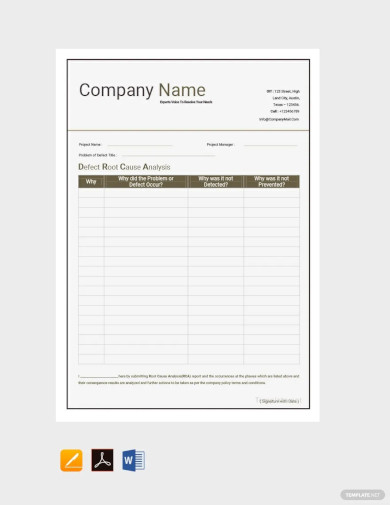
Defect Root Cause Analysis Template
download now -
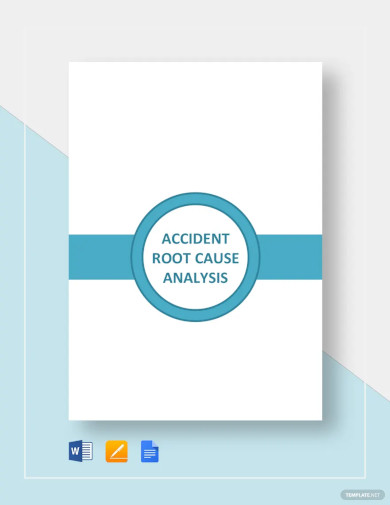
Accident Root Cause Analysis Template
download now -
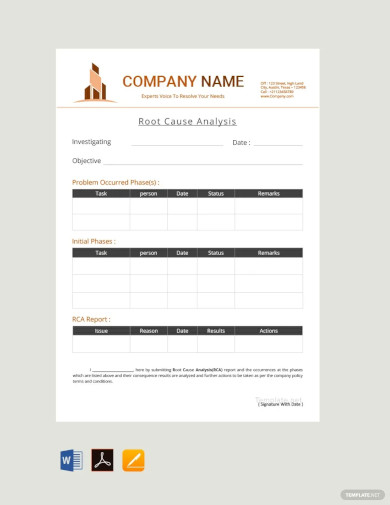
Free Simple Root Cause Analysis Template
download now -
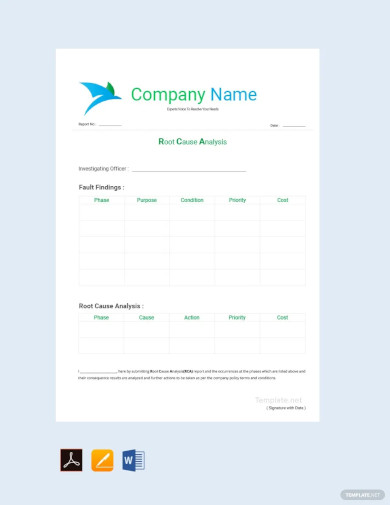
Free Blank Root Cause Analysis Template
download now -
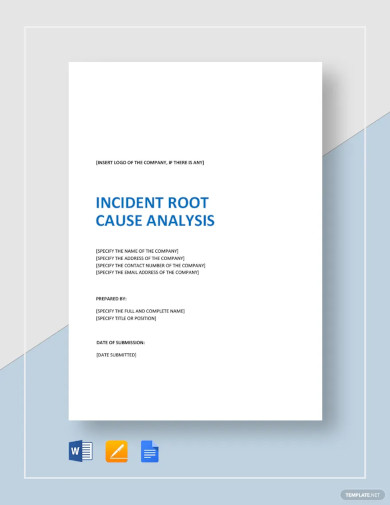
Incident Root Cause Analysis Template
download now -

Basic Root Cause Analysis Template
download now -
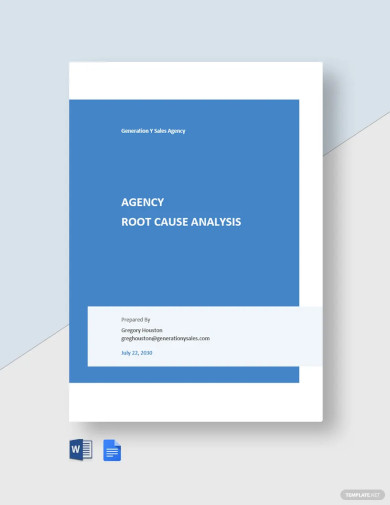
Free Agency Root Cause Analysis Template
download now -

Root Cause Analysis Template
download now -

Standard Fishbone Root Cause Analysis Template
download now -
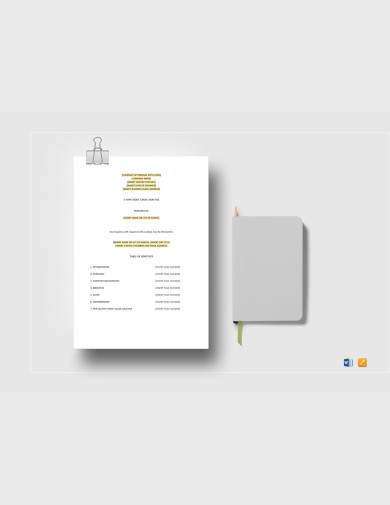
Printable 5 Whys Root Cause Analysis Template
download now -
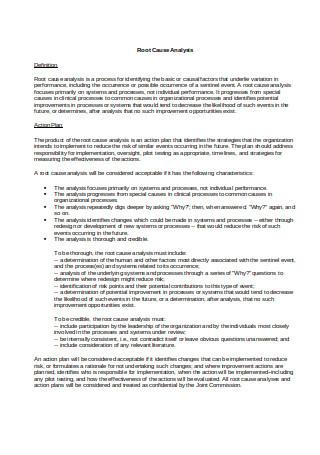
Root Cause Analysis
download now -

Fishbone Diagram Root Cause Analysis
download now -
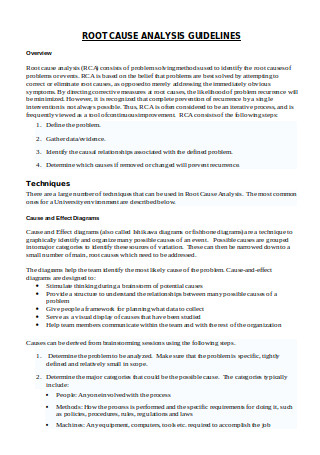
Six Sigma Root Cause Analysis Guidelines
download now -
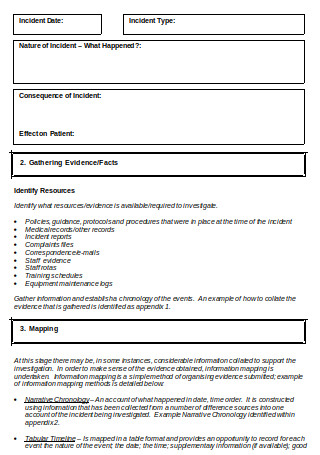
Root Cause Analysis Problem Solving Toolkit
download now -
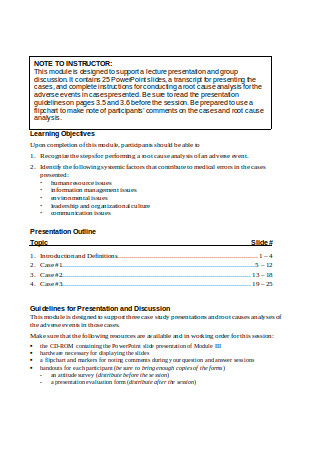
Case Studies & Healthcare Root Cause Analysis
download now -

Manufacturing Root Cause Analysis
download now -
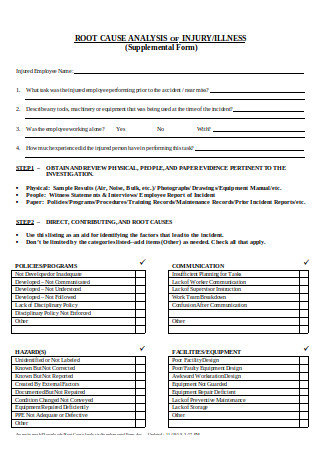
Root Cause Analysis Injury Illness
download now -
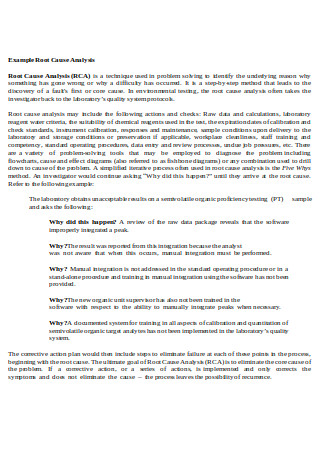
Customer Service Root Cause Analysis
download now -
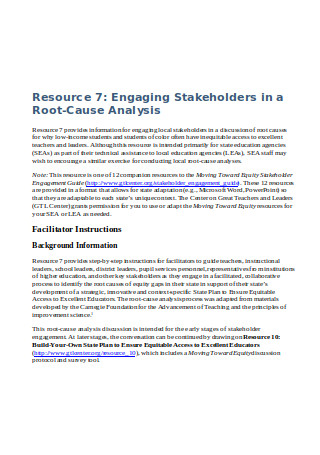
Nursing Root-Cause Analysis
download now -
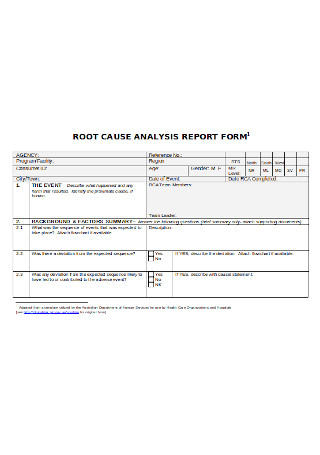
Root Cause Analysis Technique Form
download now -
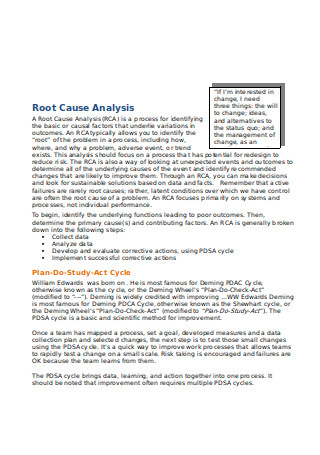
Sample Root Cause Quality Improvement Analysis
download now -
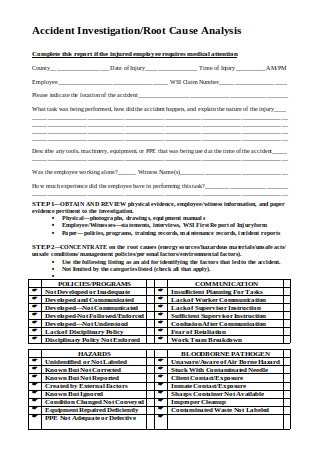
Risk Management Root Cause Analysis
download now -
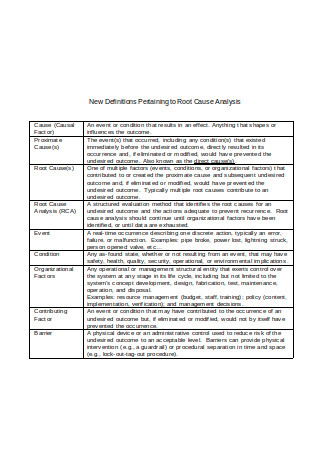
Professional Hospital Root Cause Analysis
download now -
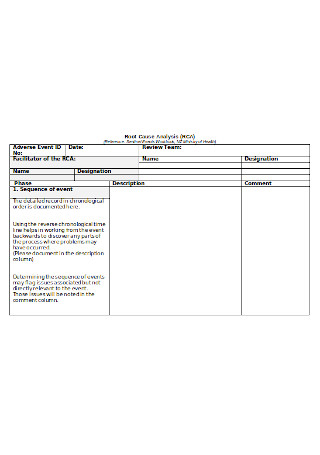
Education Root Cause Analysis (RCA)
download now -
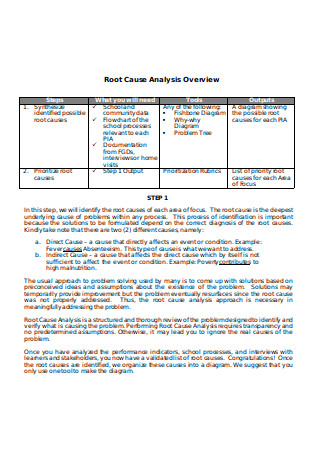
Root Cause Analysis Overview
download now -

Blank Root Cause Analysis and Action Plan
download now -

Project Management Root Cause Analysis
download now -
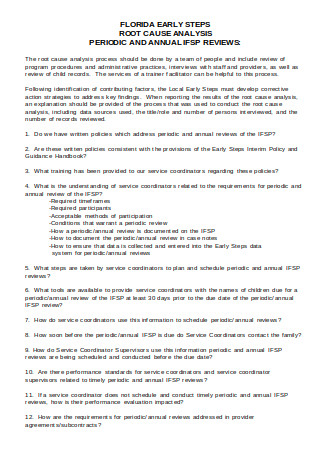
Root Cause Analysis Process
download now -
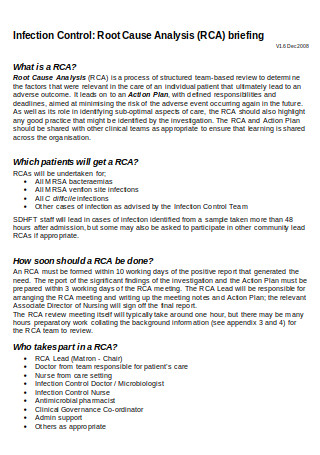
Root Cause Analysis (RCA) Policy
download now -
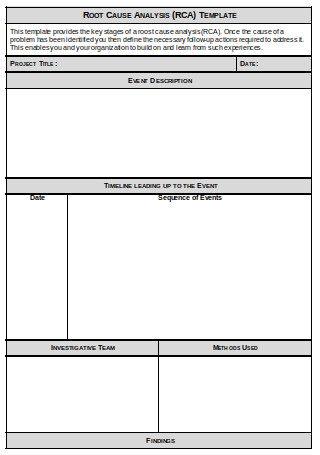
Root Cause Analysis (RCA) Template
download now -
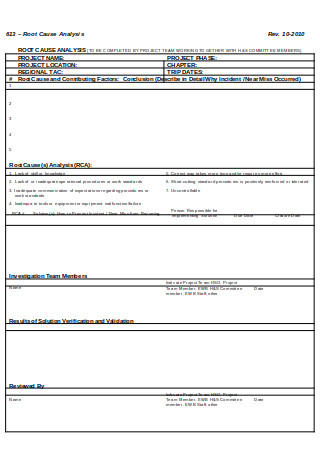
Root Cause Analysis Form Sample
download now -

Root Cause Workshop
download now -
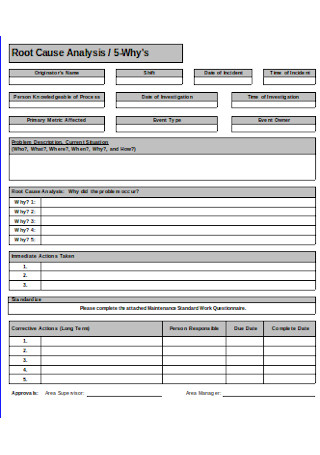
Root Cause Analysis / 5-Why’s
download now -
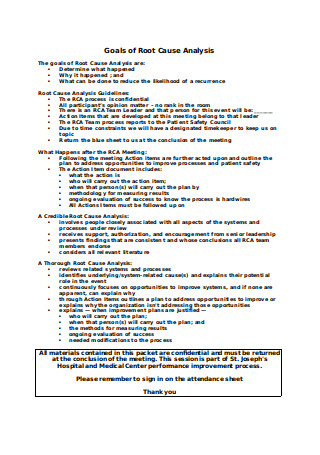
Root Cause Analysis Cover Sheet
download now -
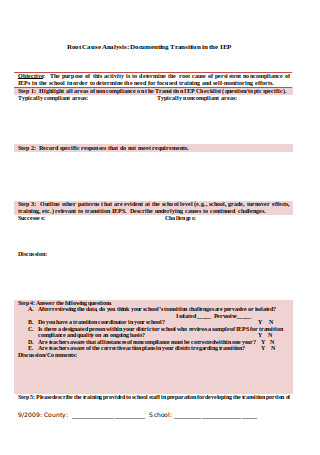
Root Cause Examination Indicator
download now -
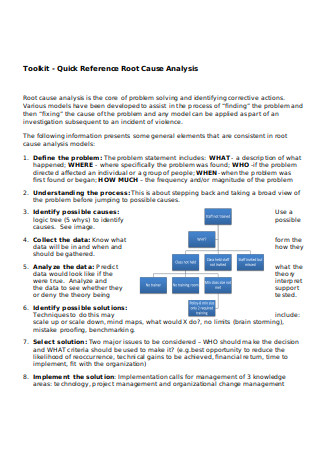
Quick Reference Root Cause Analysis
download now -
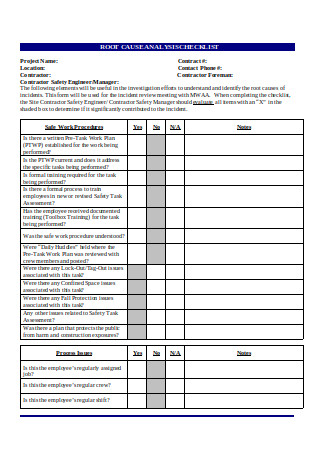
Root Cause Analysis Checklist
download now -
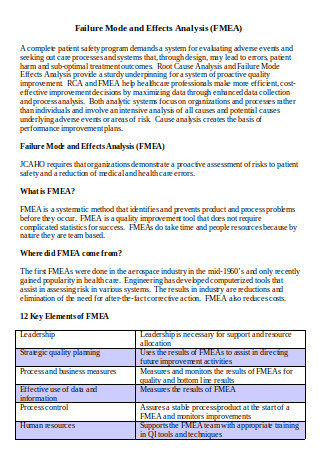
Root Cause Analysis and Failure Effects
download now -
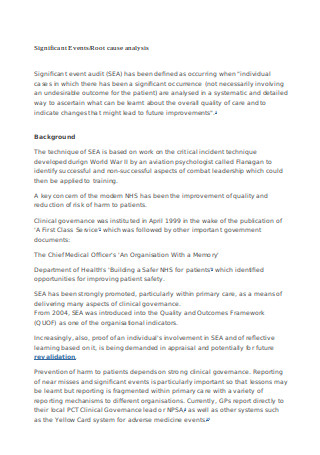
Significant Events/Root Cause Analysis
download now -
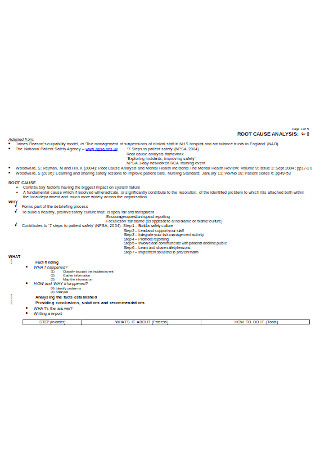
Standard Root Cause Analysis
download now -
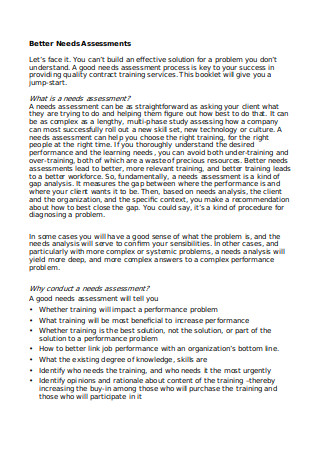
Root Cause Analysis and Training Needs Assessment
download now -

Incident Root Cause Analysis
download now -
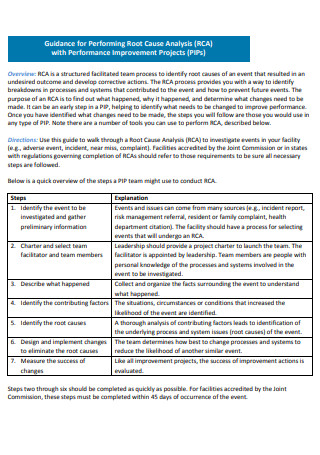
Root Cause Analysis (RCA) with PIP
download now -
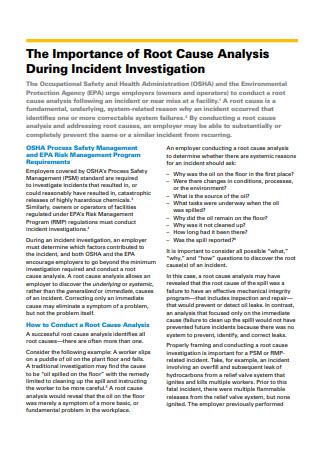
Importance of Root Cause Analysis
download now -
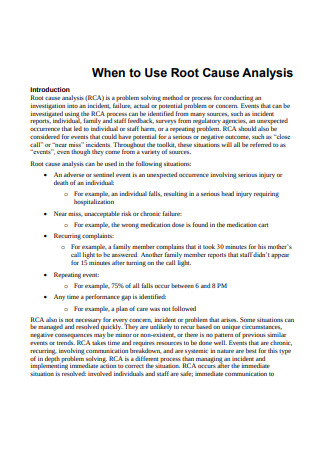
Use of Root Cause Analysis
download now -

Root Cause Analysis in Health Care
download now -
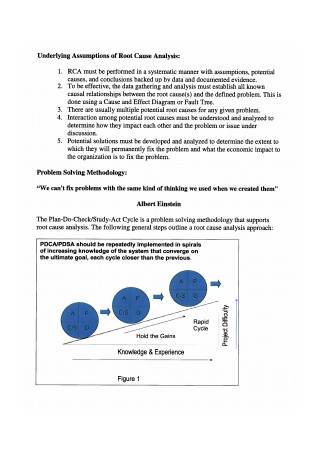
Formal Root Cause Analysis
download now -
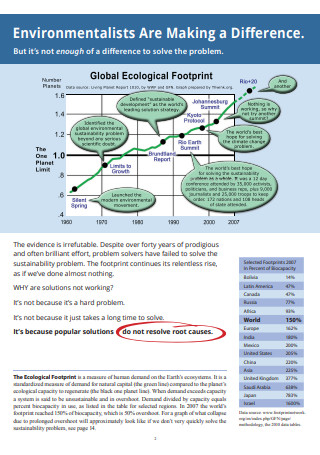
Environmentalist’s Root Cause Analysis
download now -
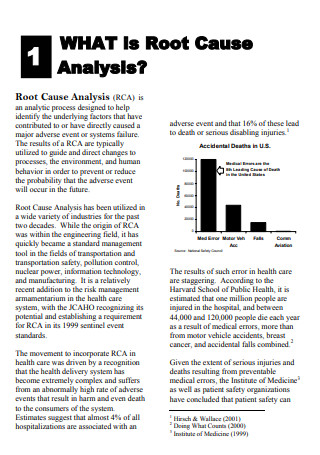
Root Cause Analysis Document
download now -
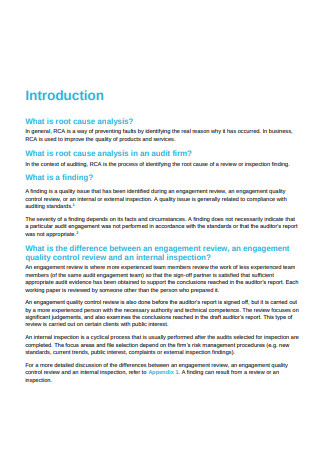
Root Cause Analysis in PDF
download now -

Root Cause Analysis Tutorials
download now -
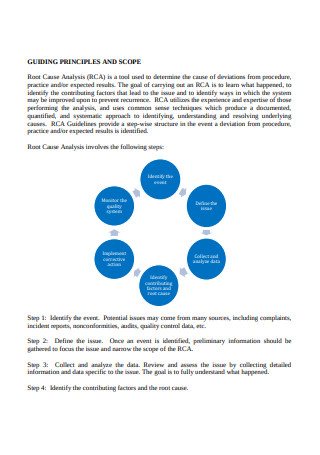
Sample Root Cause Analysis Guidelines
download now -
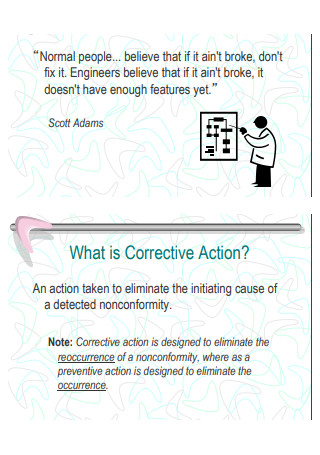
Corrective Action and Root Cause Analysis
download now -

Root Cause Analysis Policy Directive
download now -
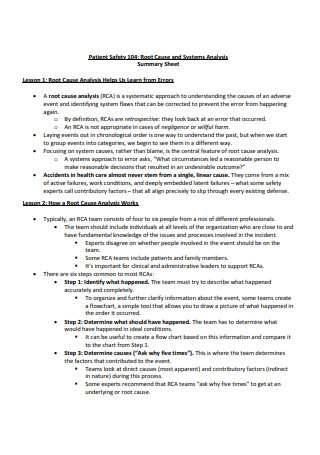
Root Cause and Systems Analysis
download now -
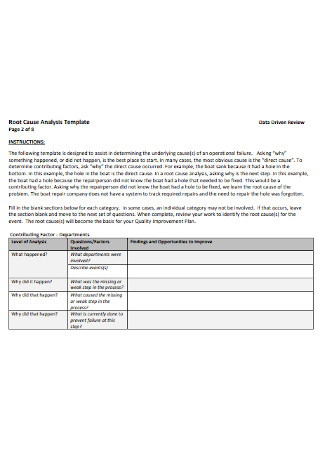
Root Cause Analysis in Template
download now -
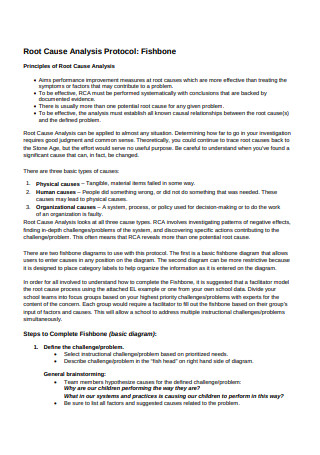
Root Cause Analysis Protocol
download now -
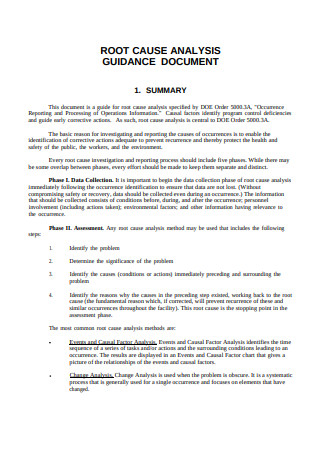
Root Cause Analysis Guidance Document
download now -
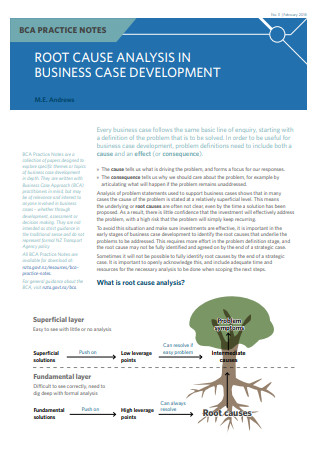
Root Cause Analysis in Business Case Development
download now -

Root Cause Analysis (RCA) Reflection
download now -

Root Cause Analysis (RCA) in Forensic Science
download now
FREE Root Cause Analysis s to Download
64+ Sample Root Cause Analysis
What Is Root Cause Analysis?
Things to Consider When Using Root Cause Analysis
Methods Used for Root Cause Analysis
7 Steps for Creating an Effective Root Cause Analysis
Advantages of Developing a Comprehensive Root Cause Analysis
Dos and Don’ts for Making an Efficient Root Cause Analysis
What Is Root Cause Analysis?
A root cause analysis is a method that is used to eliminate the problem or even to just reduce the possibility of its recurrence by identifying the underlying reasons on why the problem existed in the first place. Simply, a root cause analysis is used by organizations and even individuals as it can help you know and address the root cause of a problem.
Things to Consider When Using Root Cause Analysis
A root cause analysis does not necessarily focus on solely providing solutions to problems. This type of analysis is made to identify all the core variables, reasons, and elements that make a problem unresolved even if it has already existed for a number of times. Here are some of the things that you have to consider when using root cause analysis:
Methods Used for Root Cause Analysis
Sometimes, organizations tend to deal with the same problems and issues because they are not truly addressing the root of these concerns. With the usage of a root cause analysis, you can ensure your stakeholders that you are asking the right questions that can result to getting the answers on why certain problems keep on existing. Here are some of the methods that are used for root cause analysis:
1. 5 Why Analysis
5 why root cause analysis is simply a method that will require you to ask questions five times in a row or more. Create a question that will result to another question. Do not stop asking questions until you arrive at the root cause of the problem.
2. Pareto Analysis
The underlying principle of Pareto analysis or 80/20 analysis is that “80% of the effects come from 20% of the causes”. By computing cumulative percentages, you can identify the issues that contribute to the possibility of a problem from existing.
3. Brainstorming
Brainstorming is actually simplest method of root cause analysis as it only requires you to gather involved entities and literally start brainstorming with them rather than using data gathering mediums like business operations questionnaires and surveys. Even if it is that simple, it can actually sometimes be the hardest to execute as you are dealing with entities with different perspectives. With this, it is important for you to remain objective within the entirety of the brainstorming session so you can list down and truly understand the possible causes of the problem.
4. Fishbone Diagram
Fishbone diagram or ishikawa diagram is used to display the identified causes and effects of the problem in an organized manner. The fishbone diagram uses the 6M perspective (man, machine, method, material, measurement, mother nature) so that the organization can keenly view and prioritize the basis of all gathered data related to the problem’s root causes and impacts to the business and its stakeholders.
7 Steps for Creating an Effective Root Cause Analysis
The top five reasons on why companies tend to veer away from using root causes analysis include the existence of the culture of blaming others, the excuse that the management do not have the needed time to execute root cause analysis, the organization’s lack of willingness to implement root cause analysis, the unavailability of skills; knowledge; and experiences that are required to effectively develop the root cause analysis, and the absence of data or detail that is necessary to be used for the root cause analysis (source: kepnertregoe). Find a way to let go of your inhibitions and excuses so you can already start making a root cause analysis step-by-step. Below is a simple procedure that can lead to the creation of an effective root cause analysis.
Step 1: Use a Downloadable, Printable, and Editable Root Cause Analysis Template
If you already want to start making your own root cause analysis, it is essential for you to organize the presentation of the document’s content. It can be useful if you will use a root cause analysis template that is suitable for your formatting needs. With the usage of a pre-formatted template; you can properly put your header, document title, and other document elements in their proper placements.
Step 2: Properly Define the Problem That You Want to Eliminate
Your root cause analysis must contain a description of the problem. You have to identify the issue that you will be talking about so you can provide an understanding of why the problem needs to be addressed. If there are particular concerns related to the problem that you have observed, make sure to include these items in this part of the analysis.
Step 3: Focus on Effective Data Collection
You have to know the problem not only in surface level. Collect all the information that you can get which you think is related to the problem. The availability of necessary and informative data can help you support your claims and documented observations. Collecting appropriate data can also enable you to further present the problem and its frequency of recurring.
Step 4: Measure the Impact of the Problem
Since you already have the information that you need to identify the problem; you can already begin measuring the impact of the problem on your operations, your business processes, and/or your relationships with your stakeholders. Doing this can help you know the elements and variables that you have to prepare for once you use the result of the root cause analysis to resolve the problem and eliminate the weight of its effects.
Step 5: Know The Cause/s of the Problem’s Occurrence
The root cause analysis that you will develop must have a complete list of the underlying causes of the problem. Make sure to also identify the problem’s contributing factors. You can ask your stakeholders for first-hand information or you can also observe certain circumstances which you think are aligned with the problem’s existence. You have to remind yourself to deal with the causes that you have identified one at a time so you can focus and prioritize on the assessment of each cause.
Step 6: Present the Stakeholders That You Will Be Working With
Your root cause analysis document may also present the stakeholders involved in the transaction. Identify the entities who will conduct the analysis as well as those who will implement the changes that need to be done once the results of the root cause analysis are in. You need to maintain workforce organization within the entirety of the root cause analysis life cycle.
Step 7: Evaluate the Efficiency and Effectiveness of the Root Cause Analysis
You can measure the efficiency and effectiveness of the root cause analysis not only by looking at the report of the document’s results. You need to use the draft that you have developed, monitor the execution of solutions, and sustain any of the activities that provided a positive effect to the organization. Finalize the document and update the root cause analysis once in a while especially if you have identified certain items that you need to change based on results.
Advantages of Developing a Comprehensive Root Cause Analysis
Are you aware of the ways on how you can get the benefits of using a root cause analysis? Know how root cause analysis can help you and other involved entities as doing so can enable you to further appreciate the analysis’ availability. Some of the advantages of developing a comprehensive root cause analysis are as follows:
Dos and Don’ts for Making an Efficient Root Cause Analysis
Knowing the concept of root cause analysis can enable you to answer the questions that you have in mind with regards to recurring problems and the ways on how you can eliminate them. If you already want to make a root cause analysis, it can be very useful if you will know the things that you have to focus on as well as the items that you have to stay away from. A few guidelines that you can use to develop your root cause analysis with ease and efficiency include the following:
Do’s
1. Do Identify the Method That You Are Comfortable and/or Confident to Use
We have already mentioned a number of root cause analysis methods in the discussion above. Further research on the differences of each method so you can identify the one which you think is the best to use whenever you need to execute root cause analysis.
2. Do Ensure That You Are Working With Trustworthy Entities
Limit the number of people who have access to the root cause analysis. You have to make sure that you will be working with individuals that you can trust and who are actually aware of what they are doing. Ensure that you will designate tasks and give obligations accordingly based on the deliverable that you expect from each of your team members. Doing this can help you make the most out of the usage of your team members’ strengths.
3. Do Make Your Root Cause Analysis As Comprehensive and As Detailed As Possible
You need to make sure that your root cause analysis is supported by facts and other credible data. For your root cause analysis to work as intended, it is essential for you to ensure that you will not look at the problems on-hand only at a high level. You have to dig deep so you can further evaluate what really caused the problem to occur and/or recur. Coming up with a comprehensive root cause analysis can help you a lot when it comes to answering the questions of your stakeholders with regards the given matter.
Don’ts
1. Don’t Use Any Unverified Information When Developing the Root Cause Analysis
Your entire root cause analysis should be fact-based. Avoid making up any information just so you can already submit the root cause analysis before the deadline set by the management. Any inaccurate and falsified information can result in the improper or wrong identification of root causes which only negates the purpose of the analysis.
2. Don’t Make Your Root Cause Analysis Look Disorganized
Your root cause analysis presentation must be systematic. Having an organized content discussion can make it easier for your target audience to know what you are talking about. This is one of the reasons why we highly recommend you to use a template for the purpose of formatting and content presentation.
3. Don’t Make Your Root Cause Analysis Subjective Just to Control Results
You have to be as honest as possible when making a root cause analysis. Do not hide anything to your team members so you can have an objective and a transparent root cause analysis which you can use for the betterment of your operations.
Are you already convinced to execute a root cause analysis? If so, make sure to download any of our printable templates and samples so you can have a root cause analysis document that is of high quality. We hope that the items that we have shared are already enough to properly guide you with the development of your own root cause analysis.
